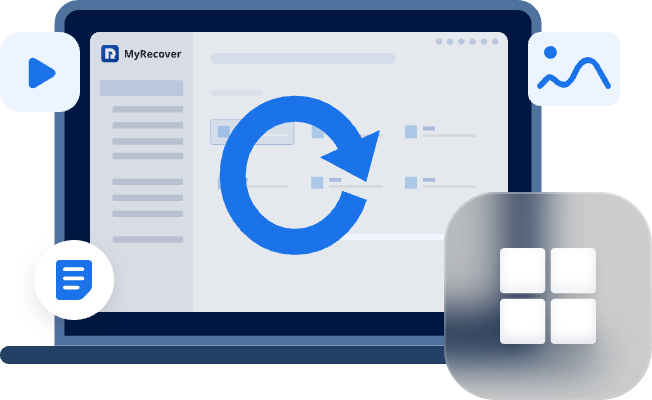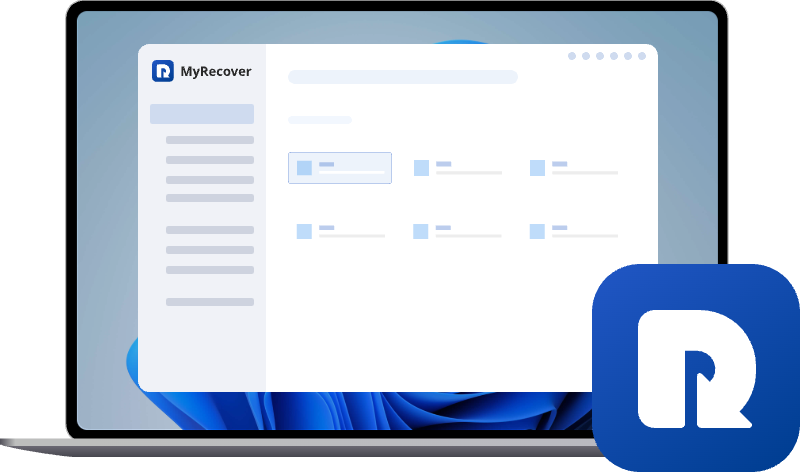If a Windows Update Wiped My Computer
When a sudden Windows update wiped out my computer, it caused serious data loss and instability. This abstract covers practical recovery methods, Windows repair tools, and smart proactive steps to protect your PC from future update failures.
Understanding How a Windows Update Can Cause Data Loss
Windows updates are meant to fix bugs, improve performance, and make your system more secure. But sometimes they misfire—and that misfire can look like missing files, wiped settings, or a PC that feels completely reset.
Common Reasons Behind Update-Related Wipeouts
Several problems can trigger a wipe-like reaction after an update:
- Temporary user profile loading instead of your real one: Windows sometimes boots into a temporary account where everything is blank.
- Corrupted system files: A broken update can confuse Windows about where your data lives.
- Interrupted updates: If your PC shuts down mid-update, it may lose access to certain files.
- Storage conflicts: Low disk space, faulty drives, or conflicting system partitions can cause loss of data visibility.
Signs Your PC Was Affected by a Faulty Update
If you recognize these symptoms, your update likely caused the wipe:
- Your desktop is suddenly empty.
- Documents, pictures, or downloads appear missing.
- Programs behave like they’ve been freshly installed.
- You see a notification that you’re logged into a temporary profile.
- Windows created unexpected folders like Windows.old.
- >> You may want to know how to recover files from a laptop with a crashed Windows.
Immediate Steps to Take After Windows Update Wipes Your Computer
When you realize your files are gone, timing matters. Taking the right steps early increases your success rate with recovery tools.
Step 1: Don’t Panic — Stop Using the PC
The more you use your PC, the more likely new data can overwrite recoverable files. So take a breath and slow down.
Step 2: Disconnect From the Internet
Automatic updates or sync processes can overwrite missing files—especially with cloud drives.
Step 3: Check if Files Are Hidden or Moved
Before assuming everything is gone, check:
- This PC → C:\Users → Your Username
- Look for secondary profiles
- Search for the Windows.old folder
- Enable "show hidden files" in File Explorer
A surprising number of "lost" files are simply hiding.
- >> Look here if Show Hidden Files and Folders not working in Windows 10.
How to Recover Lost Data After a Windows Update
If a Windows update wiped your computer, recovery is absolutely possible. Try these methods in order.
1. Use Windows File History
If File History was turned on:
1. Open Settings.
2. Go to Update & Security → Files Backup.
3. Select More options.
4. Click Restore files from a current backup.
This is one of the easiest recovery paths.
2. Recover Using System Restore
If Windows created a restore point:
1. Search "Create a restore point".
2. Click System Restore.
3. Select a restore point from before the update.
4. Restart the PC.
System Restore doesn’t delete personal files—only system changes.
3. Restore Previous Versions
If you have enabled either File History or System Restore, Windows may save earlier versions of folders automatically. Therefore, you can directly restore previous versions.
1. Right-click the folder (e.g., Documents).
2. Select Restore previous versions.
3. Choose a version from before the update.
4. Click Restore.
4. Use Professional Data Recovery Software
If your files still don’t show up after checking Windows tools, MyRecover is one of the most reliable ways to rescue data lost after a Windows update. It’s designed for beginners, works quickly, and supports recovery of documents, photos, videos, emails, and more.
Why Choose MyRecover?
- Easy-to-use interface for all experience levels.
- Deep scan + quick scan to find every recoverable file.
- High recovery success rate.
- Supports deleted, lost, hidden, or corrupted files.
- Works even after system updates, crashes, or resets.
How to Recover Lost Data Using MyRecover (Step-by-Step)
Follow these steps to recover your missing files safely:
Step 1: Install MyRecover
Download MyRecover from the official website and install it on a drive other than the one where you lost data.
Step 2: Scan the Affected Drive
Open MyRecover → select the drive where your files were stored (usually C:). Click Scan and let the scan run automatically.
Step 3: Preview & Select Files
Browse the scan results, use the search bar if needed, and preview any file to confirm it’s recoverable.
Step 4: Recover Your Data
Choose the files you want → click Recover → save them to a different drive to avoid overwriting.
Fixing a Windows Update That Wiped Settings or Apps
Even if your files are safe, settings or apps may be wiped.
Fix 1. Reset Windows Without Losing Files
1. Go to Settings → Update & Security → Recovery.
2. Choose Reset this PC.
3. Select Keep my files.
This restores your OS without deleting personal data.
Fix 2. Roll Back the Windows Update
If the update is the clear culprit:
1. Go to Settings → Update & Security → Windows Update.
2. Select View update history.
3. Click Uninstall updates.
Rolling back usually restores normal functionality.
Fix 3. Run Startup Repair
If your PC won’t boot properly:
1. Start PC.
2. Hold Shift and click Restart.
3. Choose Troubleshoot → Advanced options → Startup Repair.
Windows will automatically fix corrupted boot-related problems.
How to Protect Your PC From Future Update Disasters
Once you survive one Windows wipe, you never want another.
Enable Automatic Backups
Turn on File History or use an external backup drive. Future you will be grateful.
Use Cloud Sync Services
Tools like OneDrive, Google Drive, or Dropbox ensure your files stay safe—even if your PC crashes.
Delay or Pause Windows Updates
In Settings, you can pause updates for up to 35 days. This lets Microsoft iron out bugs before you install them.
Conclusion
If a Windows update wiped my computer, it can feel like a total nightmare—but it’s not the end of the world. In many cases, your data is still intact and recoverable with the right steps. Whether you’re checking hidden folders, restoring previous versions, or using recovery software, you have multiple ways to get your files—and your peace of mind—back. And by setting up solid backup habits, you can completely avoid this situation in the future.


